For a long time, the spotlight has been on building and solving big problems with sleek code and innovation. But across the continent, the hard truth is settling in: building is only half the battle. Distribution is the other half and it’s far more complex. This is because in Africa, where trust is earned face-to-face and consumer behavior is hyper-local, the critical question of “Can we build this?” has been replaced by a more urgent one, “Can we distribute this at scale, credibly, and fast?”
Now, the real challenge lies in distribution; getting products into people’s hands across fragmented markets, unreliable infrastructure, and deeply localised behaviors.
Ironically, building has never been easier. No-code platforms, open-source APIs, and AI have lowered the barriers to launching products. A team can ship an MVP in days. But distribution remains a thorny, expensive, and complex problem, especially in African markets where infrastructure, culture, language, and local nuance differs radically from one region to another. A fintech product that succeeds in Lagos (Nigeria) may falter in Lusaka (Zambia) if the distribution strategy doesn’t adapt to local context. This infrastructure reality means that distribution strategies must account for both connected and offline users, often within the same market.
Flutterwave, for example, cracked this challenge. Rather than building a traditional payment infrastructure from the ground up, they strategically embedded themselves into existing merchant networks, banks, and mobile money systems across African countries. Their success wasn't just about building better payment rails, but about understanding how money actually moves within African economies and building distribution networks around those realities. Their edge wasn’t offering a better payment system; it was distribution intelligence rooted in local context.
That’s why the most competitive businesses in the region today aren’t necessarily the ones with the flashiest technology, but the ones who have mastered distribution. Flutterwave didn’t win by simply offering a better payment system. It won by aligning with the real-world flow of money across the continent. Their edge wasn’t just innovation, it was distribution intelligence rooted in local context.
This distribution-first mindset is becoming essential. Customer acquisition costs are skyrocketing globally and even more so in Africa, where trust must be built door-to-door, country by country.

Companies now realise that community traction often outperforms product superiority. In 2024, even as African startup funding stabilised at $3.2 billion, growth capital remained tight.
Businesses that showed 20–30% month-on-month growth were those that cracked distribution through community-driven traction, not just superior products.
Why are traditional go-to-market (GTM) strategies falling short?
Most were built on assumptions of stable infrastructure, formal retail systems, and homogenous consumer behavior. Africa defies those assumptions. Logistics are fragmented. Economies are largely informal.
Internet speed remains inconsistent and infrastructure disparities between urban and rural areas create additional complexity. In this environment, the most effective distribution networks are people; community leaders, field agents, and trusted local figures, who become the critical connectors between businesses and consumers.
As a result, an effective GTM in Africa requires an understanding of how informal economies function, how communities share trust, and how information spreads. M-KOPA, for example, scaled by deploying field agents and using door-to-door onboarding, proving that trust and in-person interaction often matter more. Trust, not tech, was the driver of scale because here in Africa, the former is a distribution channel.
This shift is forcing businesses to think differently about community.

In Western markets, community is often a post-sale support tool. In Africa, it’s a strategic distribution lever. Influence flows laterally, through peer referrals, social proof, and shared experiences. If you’re serious about growth here, you don’t just launch a product, you embed it into communities.
The most effective players are shifting from top-down messaging to grassroots engagement. They are not just telling people what they do; they’re showing up in communities, earning trust, and creating on-the-ground advocates to drive education, awareness, and adoption.
This is precisely the approach that Propel’s ‘Community-as-a-Service’ offering delivers.. Rather than spend months building a market presence from scratch, businesses can tap into pre-engaged, specialised tech communities to accelerate their go-to-market efforts. Propel helps businesses run rapid experiments, gather real-time feedback, and scale efficiently through trusted, warm introductions. Its network of communities not only speed up product adoption, but also ensure culturally resonant messaging and localised insights, helping businesses avoid costly mistakes and significantly shorten their go-to-market timelines.
These community-driven approaches solve the GTM challenges that legacy strategies often miss - like fragmented customer access, weak local insight, poor cultural alignment, and costly trial-and-error.
Here's how community-driven approaches addresses core GTM challenges:
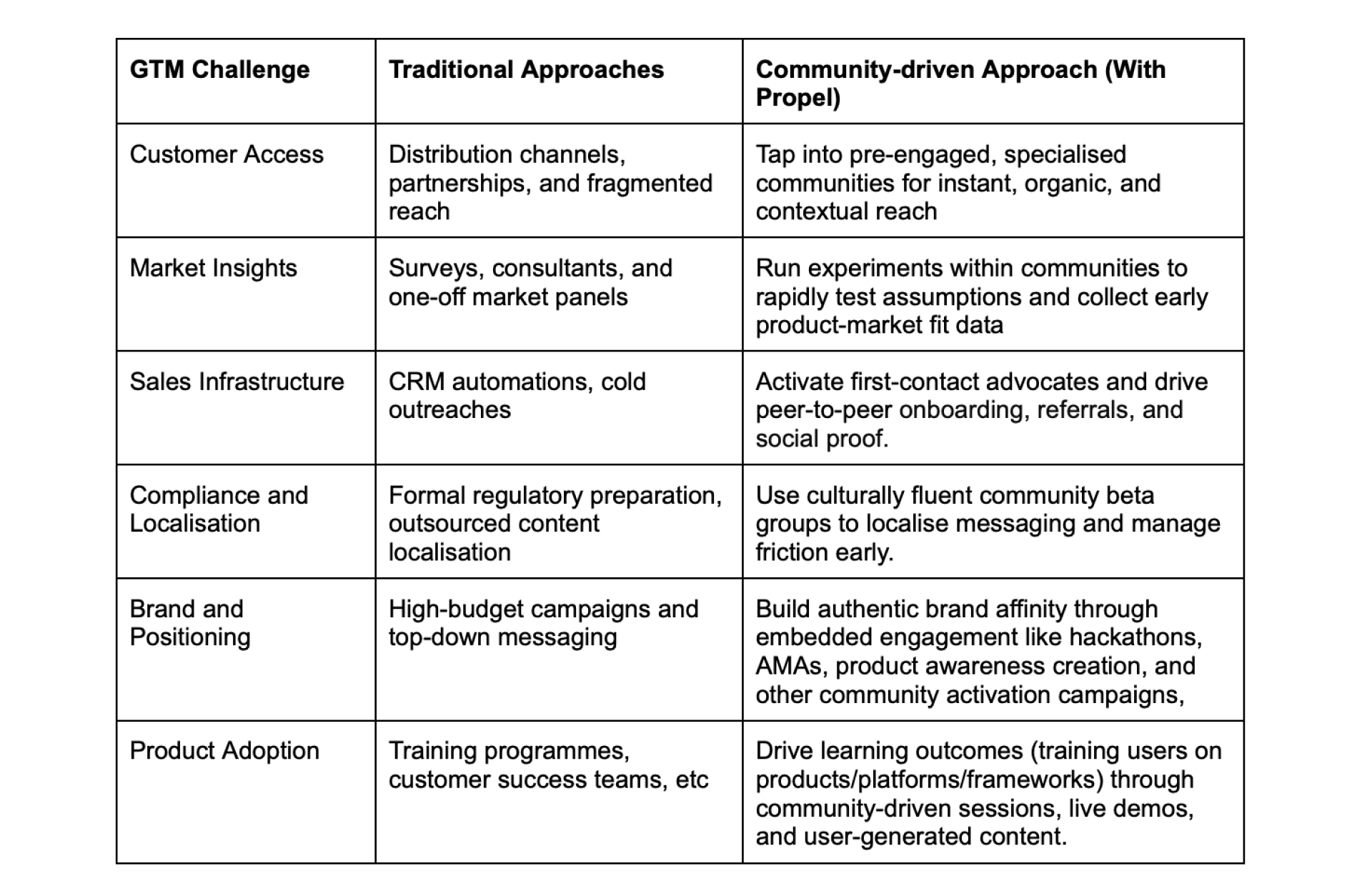
Making the Strategic Choice
The question every company faces isn't whether this shift is happening. It is whether they'll adapt quickly enough to benefit from it. Businesses serious about winning across African markets have three options:
.jpg)
The smart money is moving toward option two.
If you're expanding into Africa or scaling across multiple countries, it means confronting a hard truth: distribution, not just product innovation, is the real battleground. And getting your product into the hands of users, especially across fragmented infrastructure, informal economies, and vast cultural diversity is where the real game is won or lost. Winning companies aren’t necessarily those with the most sophisticated tech, but those who’ve figured out how to distribute authentically and effectively.
The companies that understand this shift, and act on it quickly, will seize the largest market opportunities. In a continent as diverse and dynamic as Africa, growth won’t be determined by who built the sleekest app or those with the best pitch deck, but by who got it into the right hands, in the right way, and at the right time.
If you’re building a product, expanding into Africa or already operating in multiple countries, you need presence. Propel provides that presence, in a way that scales. We help you grow in-market, on-message, on-momentum, and with the right community. Explore options for your product and business needs.


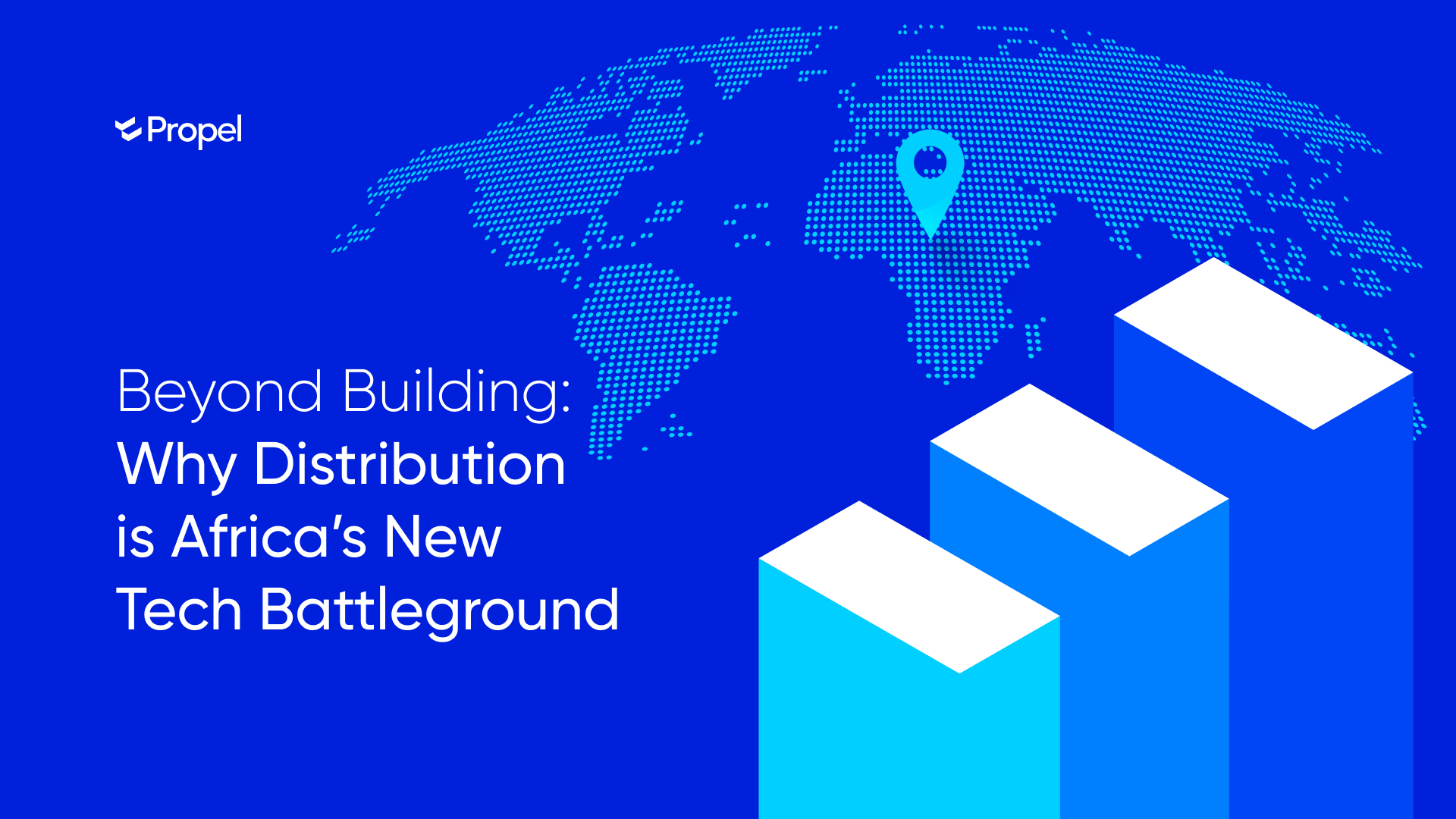
.jpg)
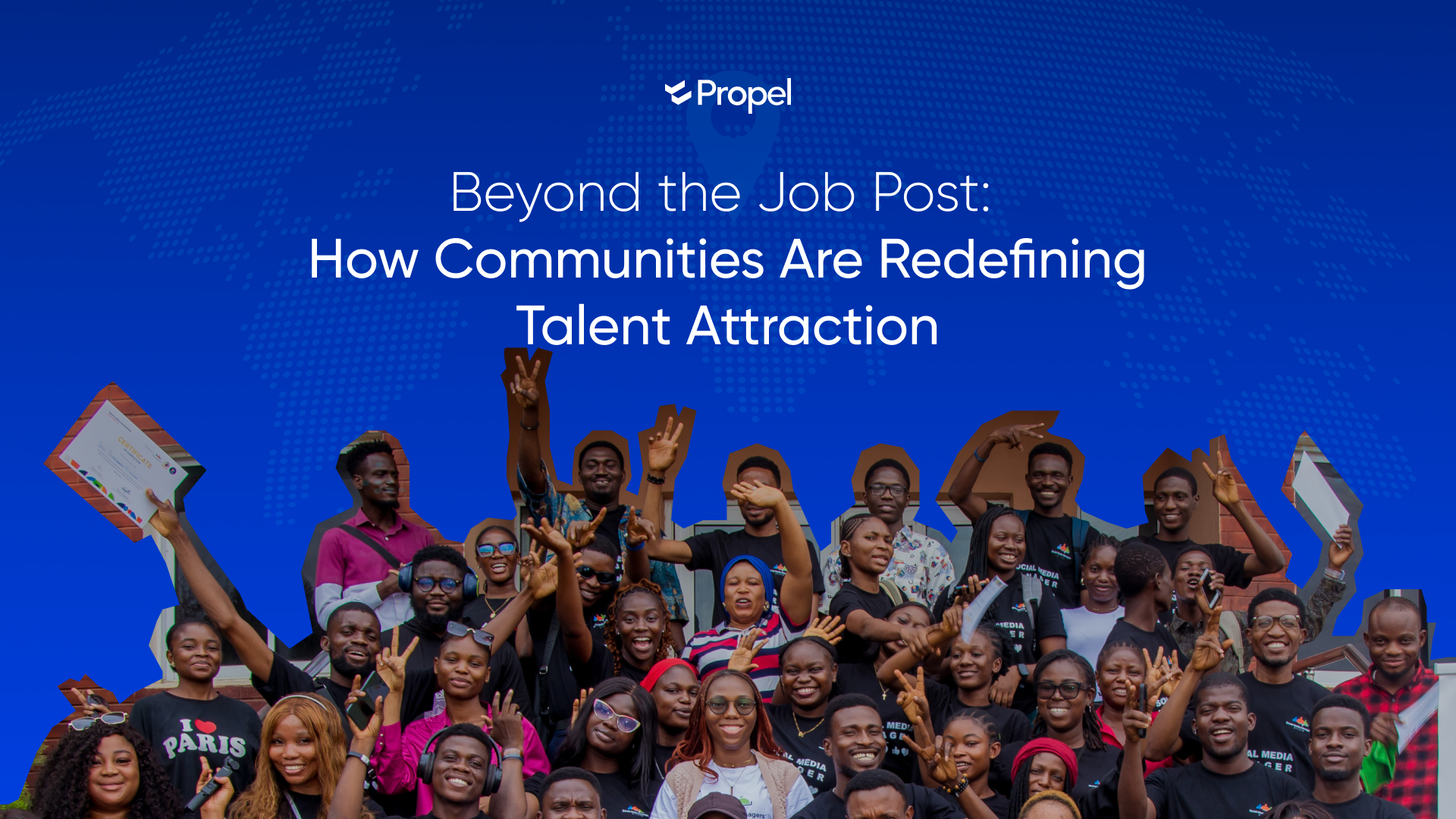
.jpg)

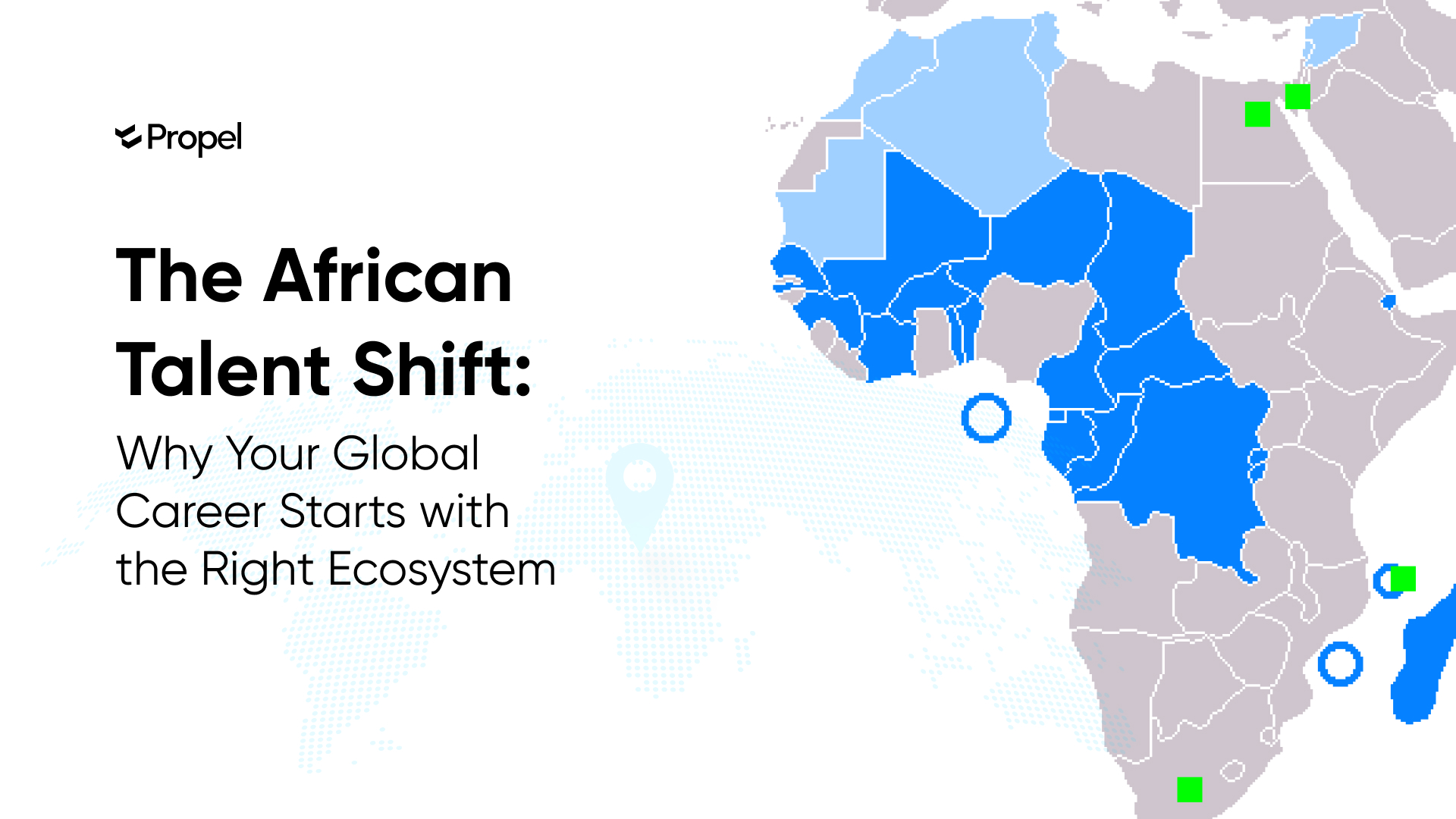
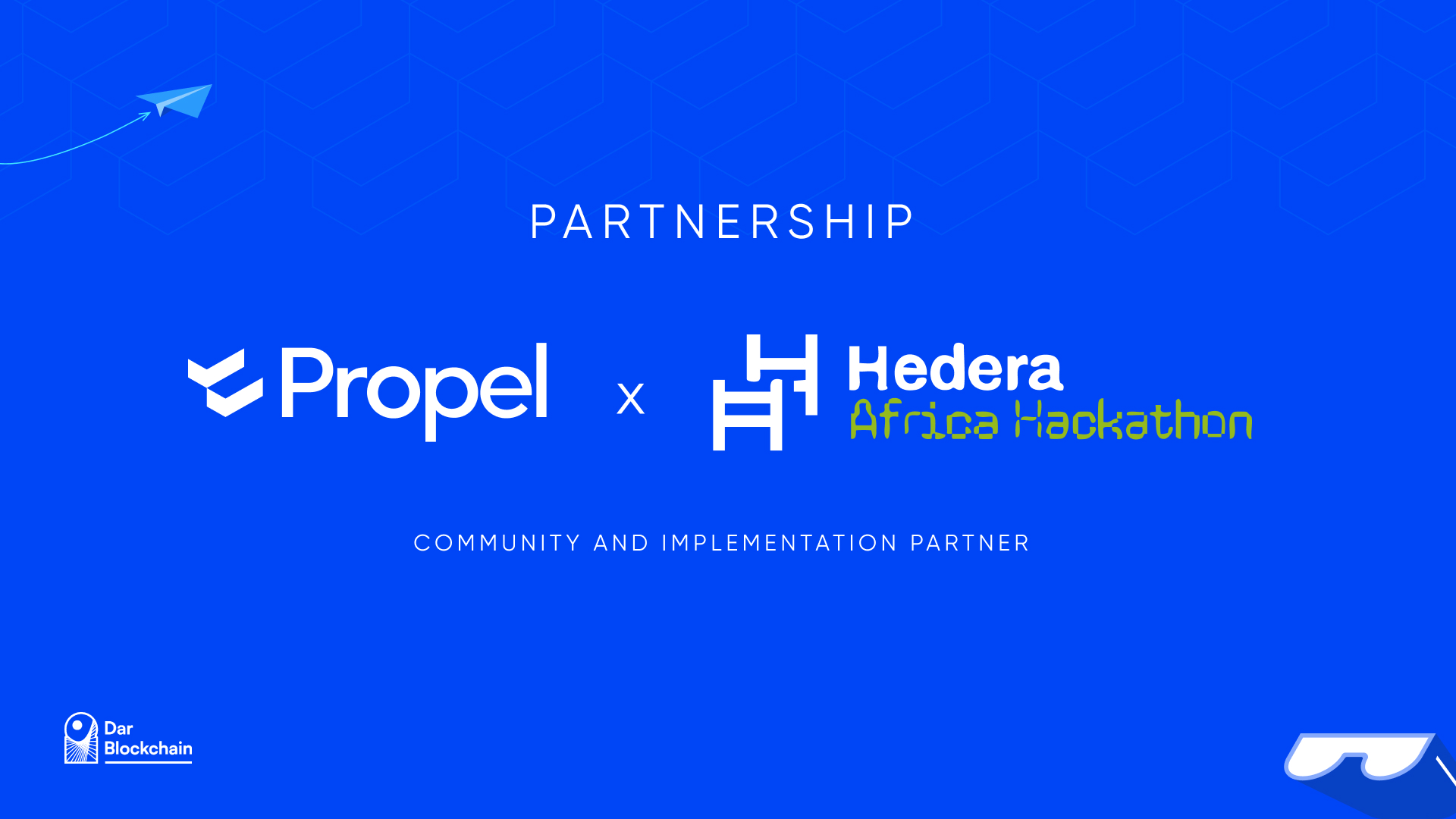








.jpg)

.jpg)





















